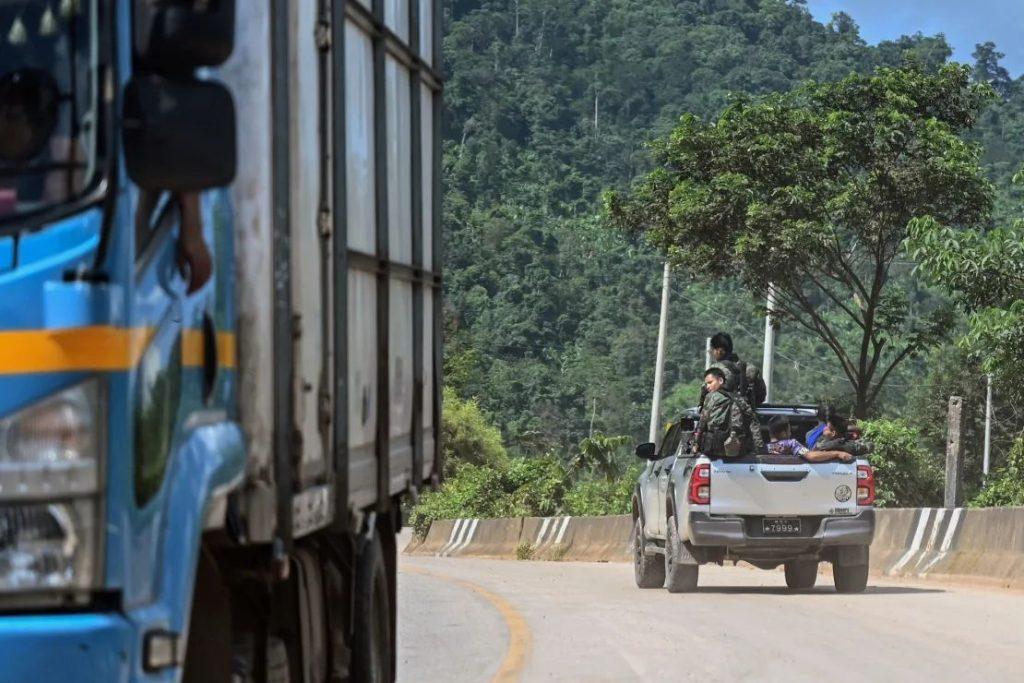TL;DR
The Karenni ethnic minority, home to Myanmar’s largest Catholic population, continues to practice their faith amidst ongoing conflict with the Tatmadaw (Burmese junta forces). This conflict, which dates back to 1948, has made Myanmar the site of the world’s oldest continuous conflict. Despite repression and challenges, the Catholic minority holds on to their beliefs.
A Struggle for Faith Amidst Ongoing Conflict
Myanmar is a diverse nation with 135 ethnic groups, but its military government is predominantly composed of the Burman ethnic group. This has led to repression of many ethnic groups, including the Catholic minority. The conflict with the Tatmadaw began in 1948 and continues to this day, making it the world’s oldest ongoing conflict.
Catholicism’s Long History in Myanmar
While Buddhism is the dominant religion in Myanmar, the Catholic minority has a history in the country dating back over 500 years. The Catholic Church played a significant role in Myanmar’s education system until General Ne Win’s 1962 coup. Despite attending Catholic schools, many students, like Sai Leng, remained faithful to their Buddhist beliefs while fondly remembering the priests and nuns who taught them.
Shifting Leadership and Democratic Hopes
Myanmar’s leadership transitioned through various military regimes until 2015 when Aung San Suu Kyi’s National League for Democracy (NLD) won the general elections, offering a period of relative peace and democracy. During this time, the Pope’s historic visit in 2017 held great significance for Myanmar’s Catholics.
A Return to Conflict
Tragically, democratic progress was short-lived, as a military coup unfolded in 2021, leading to widespread protests and civil unrest. Myanmar has been engulfed in civil war since, with the entire nation, including the Burman majority, united against the military junta.
Catholics in Myanmar Today
The Early Church Was the Catholic Church
The Case for Catholicism - Answers to Classic and Contemporary Protestant Objections
Meeting the Protestant Challenge: How to Answer 50 Biblical Objections to Catholic Beliefs
Today, Myanmar is home to an estimated 500,000 to 750,000 Catholics, with a significant concentration among the Karenni ethnic group in Kayah State. Catholic priests and nuns continue to play a vital role in offering education and support to internally displaced people (IDP), including both civilians and military personnel.
Escalating Brutality and Targeting of Churches
The brutality of the Tatmadaw has escalated since the 2021 coup, with attacks on civilian areas, including churches and cathedrals. The Tatmadaw has been accused of deliberately targeting these places of worship, often using them as bases for their soldiers.
A Shift in Perceptions
Before the 2021 coup, ethnic armed resistance groups were often labeled as terrorist organizations. However, perceptions have shifted both inside and outside Myanmar. Citizens now seek assistance from ethnic resistance groups for training and support, united in their fight against the Tatmadaw.
Unity Amidst Adversity
This unity among various ethnic groups is precisely what the Tatmadaw has always feared. Attempts to create divisions and hatred among different ethnicities have failed, as all of Myanmar now recognizes the true enemy as the military junta.
A Testament to Faith and Resilience
Despite the challenges they face, Karenni refugees continue to worship at St. Mary Catholic Church in Karenni Refugee Camp 1 in Mae Hong Son, Thailand. The bravery of the nuns, priests, civilians, and soldiers who persevere in their faith and fight serves as an inspiring example for Catholics everywhere.
🙏 Your PayPal Donation Appreciated
Disclaimer
As an Amazon Associate, I earn from qualifying purchases. Thank you.
Note: While content aims to align with Catholic teachings, any inconsistencies or errors are unintended. For precise understanding, always refer to authoritative sources like the Catechism of the Catholic Church. Always double-check any quotes for word-for-word accuracy with the Bible or the Catechism of the Catholic Church.

